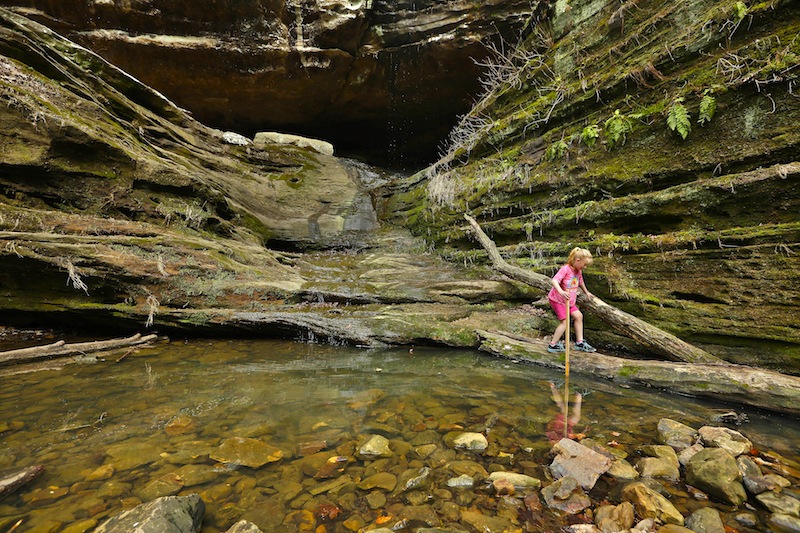CHEYENNE, Wyo. (AP) — The U.S. Environmental Protection Agency has dropped plans to have outside experts review its theory that hydraulic fracturing may have played a role in groundwater pollution in Wyoming, and the agency no longer plans to write a final report on its research that led to the controversial finding a year and a half ago.
Instead, the EPA announced Thursday that state officials will lead further investigation into pollution in the Pavillion area in central Wyoming, including ways to make sure people there have clean drinking water.
“We think this is the most pragmatic, quickest way to help the residents of Pavillion. We’re going to work hand in hand with the state to make sure this investigation moves forward,” said EPA spokesman Tom Reynolds in Washington, D.C.
Industry officials who have been doubtful about the EPA’s findings since they were announced praised the change as confirmation of their view that the science wasn’t sound.
“EPA has to do a better job, because another fatally flawed water study could have a big impact on how the nation develops its massive energy resources,” Erik Milito, from the Washington, D.C.-based American Petroleum Institute, said in a news release.
EPA officials insisted they’re not backing away from their draft report on Pavillion. They said they reserve the right to resume the study and an assessment by independent experts, known as a peer review, at any point.
Even so, EPA efforts to find potential pathways for pollutants from deeper areas where gas is extracted to shallower areas tapped by domestic water wells have been inconclusive.
Hydraulic fracturing, or fracking, boosts the productivity of oil and gas wells by pumping pressurized water mixed with sand and chemicals into well holes to crack open fissures in the ground.
Richard Garrett, energy and legislative advocate with the Wyoming Outdoor Council in Lander, said he believes Thursday’s announcement shows the EPA is finding it more difficult than originally expected to come to grips with the full environmental effect of fracking. He noted that the EPA is pushing back other work aimed at gauging the how energy production may pollute groundwater.
“It’s not surprising to me that they’re kind of taking a secondary role in rural Pavillion,” Garrett said. “It looks to me like it might be a resource issue. That goes to the federal budget I suppose, and EPA administration.”
Environmentalists have voiced concern about fracking causing groundwater pollution for years, but the practice has significantly boosted oil and gas production in regions such as the Bakken Shale in North Dakota and the Marcellus Shale underlying Eastern states.
The EPA’s December 2011 report on Pavillion marked the first time the agency publicly linked fracking and groundwater contamination, causing a stir on both sides of the issue.
The federal agency began seeking nominations last year for experts to serve as peer reviewers for its draft report, and it has extended public comment periods on the report three times since it came out. Each extension delayed the peer-review plans.
The new research led by Wyoming officials would be funded at least in part by a $1.5 million grant from Encana Corp.’s U.S. oil and gas subsidiary, which owns the Pavillion gas field. The state will issue a final report in late 2014, Gov. Matt Mead’s office said in a news release.
Mead said Wyoming will focus on making sure the few dozen affected residents of the rural, farming and ranching country a few miles outside Pavillion, population 230, have a clean source of drinking water. The state has been providing water cisterns to 20 people in the area.
“It is in everyone’s best interest — particularly the citizens who live outside of Pavillion — that Wyoming and the EPA reach an unbiased, scientifically supportable conclusion,” Mead said in a news release. “I commend EPA and Encana for working with me to chart a positive course for the investigation.”
The Northern Arapaho Tribe on the Wind River Indian Reservation surrounding the Pavillion area has been seeking to maintain a role in the Pavillion research since taking part in new sampling last year. A tribal official said, however, that the EPA hasn’t worked closely with the tribe lately.
“They have a legal duty to consult with the tribe and that didn’t happen as part of their dialogue with the governor,” Ronald Oldman, co-chairman of the tribe’s business council, said in a statement.
Local residents have complained for more than seven years that their water began to reek of chemicals since fracking occurred in their neighborhood. The Encana funding will pay to examine 14 domestic water wells in the Pavillion field for water quality and palatability concerns.
The EPA based its finding that fracking could explain groundwater pollution in the Pavillion area on wells specially drilled to sample the groundwater. The samples were not from domestic water wells.
Copyright 2013 The Associated Press.



